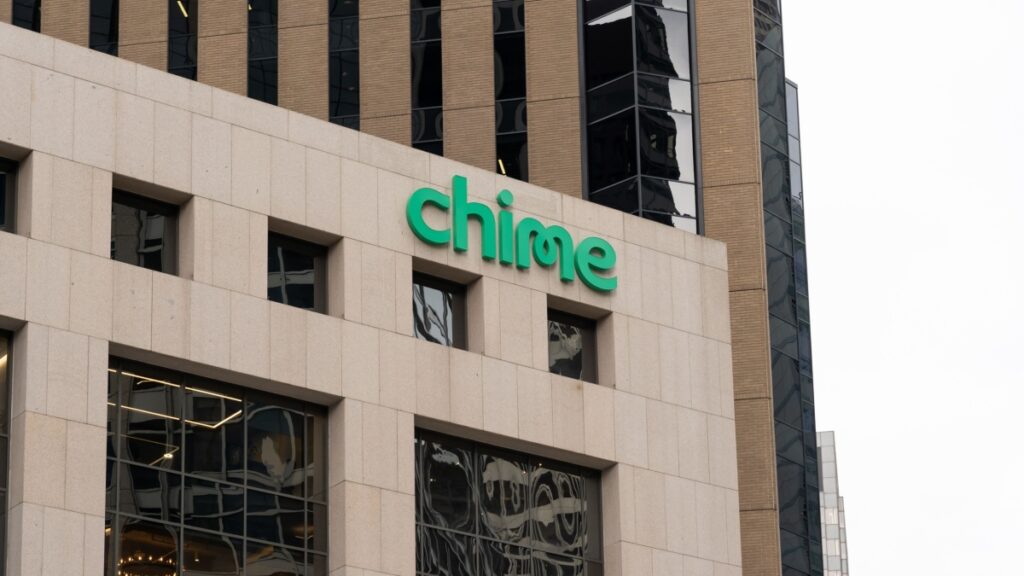In a highly anticipated market debut, Chime Financial opened its shares at $43 on the Nasdaq, following an initial public offering (IPO) that priced shares at $27. This pivotal moment for the online banking company marked a significant valuation at $11.6 billion, reflecting the ongoing evolution in the fintech space.
Chime’s IPO was not just a financial maneuver; it also symbolized the thawing of the fintech IPO market, which had been largely stagnant due to rising interest rates and market volatility. Leading up to the IPO, Chime raised approximately $700 million, while existing investors added another $165 million in shares sold.
Understanding Chime’s Journey to the IPO
Chime’s leap to the public markets comes after experiencing a substantial valuation drop from its previous round of funding, which valued the company at $25 billion in 2021. This decline occurred during a period when venture capital investments peaked, followed by a significant downturn in valuations across the board.
CEO Chris Britt highlighted the company’s mission of serving an often-overlooked demographic: Americans earning $100,000 or less. He remarked in an interview, “Two-thirds of our customer base use us as their direct deposit account and primary account relationship. We help our members avoid fees, get access to short-term liquidity, build their credit and build their savings — and it’s that combination of services that really resonates and matters most to the everyday consumer.”
Financial Performance and Market Positioning
In the most recent quarter, Chime reported impressive revenue figures of $518.7 million, showcasing a 32% increase compared to the previous year. This growth underscores the rising demand for digital banking solutions, especially in a post-pandemic environment where many customers lean towards online banking services.
“Chime’s financial success highlights a shift in consumer habits towards fintech solutions that prioritize user experience and accessibility.”
The narrowing of net income to $12.9 million, down from $15.9 million, suggests that while revenue is rising, Chime is investing heavily in scaling its operations and enhancing service offerings to capture a more significant market share.
Implications for the Fintech IPO Market
Chime’s IPO signifies a potential turnaround for the fintech sector, which has remained cautious in light of economic uncertainties. The company joins the ranks of other notable recent debuts such as eToro and Circle, both of which have shown strong stock performance, suggesting renewed investor interest in fintech solutions.
Market analysts have noted that high-profile listings like Chime could pave the way for broader acceptance and renewed enthusiasm in the public markets for technology-driven financial services.
The Future Outlook for Chime
As Chime continues to grow and adapt in a competitive landscape, it will be crucial to monitor how it addresses consumer needs while navigating market volatility. Its focus on providing accessible financial services aligns well with an increasing demand for fintech solutions among the average American consumer.
With the recent changes in market dynamics, Chime’s strategic decisions will be vital in determining its future valuation and market presence. The company’s ongoing commitment to enhancing its user experience, innovation in service offerings, and maintaining a customer-centric approach will be key drivers of its success.
Investors and market observers alike are keeping their fingers crossed as Chime embarks on this new chapter as a publicly traded company. The overall health of the fintech IPO market appears cautiously optimistic, with stakeholders eager to see how this trend develops in the months to come.
Conclusion
The Chime IPO serves as a significant indicator of the changing tides in the fintech industry. With strong opening numbers and a commitment to serving an underbanked population, Chime has positioned itself not just as a bank, but as an advocate for financial accessibility. Its journey will be especially crucial to monitor as both investors and competitors evaluate its next steps as a public company.

